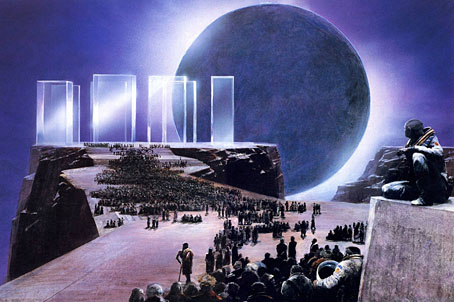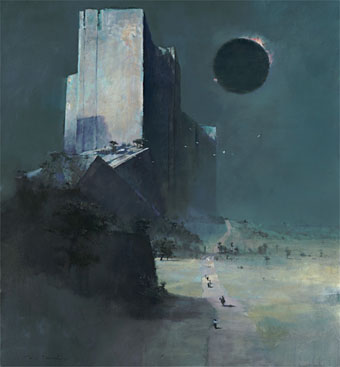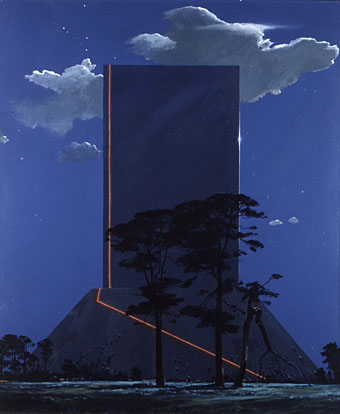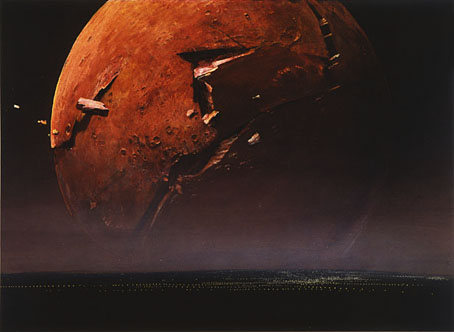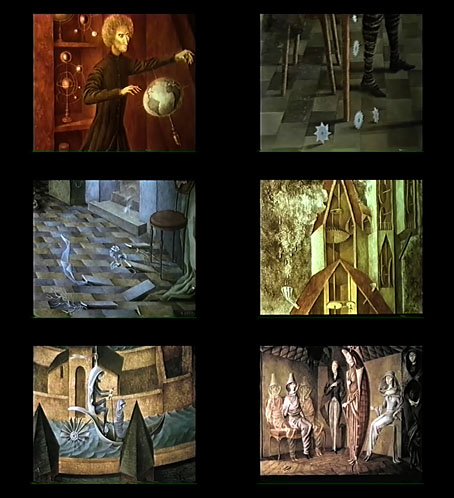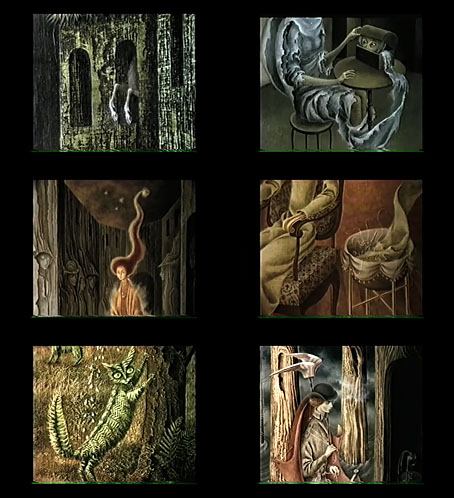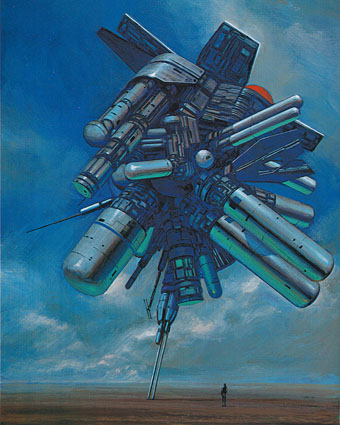
In the post this week, Mass, the first collection of paintings by John Harris in a hardback edition published by Soleil in 2000. The text is in French throughout but that’s okay, I wanted this for the pictures. It was also cheaper and in better condition than other options. I like a bargain. Having looked at a lot of Harris’s work on various web pages over the past few weeks it’s immediately evident how much better the paintings look here: there’s a lot more detail which, in Harris’s case, includes visible brushstrokes and the grain of the canvas. You’d expect as much from a book but it’s a further reminder that art books in particular aren’t threatened by the existence of ebooks, especially now that so many people view web pages on small screens. There’s still no substitute for seeing the paintings themselves, as Robert Hughes was always insisting, but you can only do this if the works are on display somewhere. When illustration ranks so low in the art-world hierarchy some kind of mediation is unavoidable.
Previously on { feuilleton }
• The sublimities of John Harris

